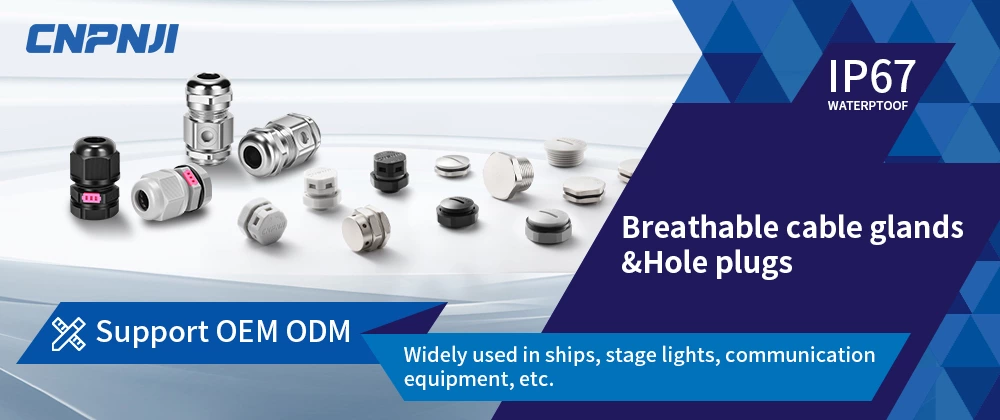Breathable valve vs Breathable Cable Glands
Breathable valve vs Breathable Cable Glands: A Comparative Analysis
Protection
Breathable valve
Environmental Shielding:
Breathable valve provide a barrier against dust, dirt, and physical debris. They seal openings effectively, ensuring that external contaminants do not penetrate the enclosure.
Moisture Prevention:
While hole plugs can block moisture ingress, they do not offer mechanisms to handle condensation within enclosures.
Material Robustness:
Depending on the material (plastic, metal, rubber), hole plugs offer varying levels of chemical and temperature resistance, suited for specific environmental conditions.
Breathable Cable Glands
Pressure Balance and Ventilation:
Breathable cable glands are designed with a permeable membrane that allows air exchange, maintaining pressure equilibrium and reducing the risk of condensation inside the enclosure.
Advanced Moisture Control:
By permitting moisture to escape while preventing its entry, breathable cable glands mitigate internal condensation better than hole plugs.
Enhanced Sealing with Flexibility:
Manufactured using high-grade materials, these glands not only secure cables but also protect against dust, water, and other contaminants, with specialized sealing mechanisms that adapt to pressure changes.

